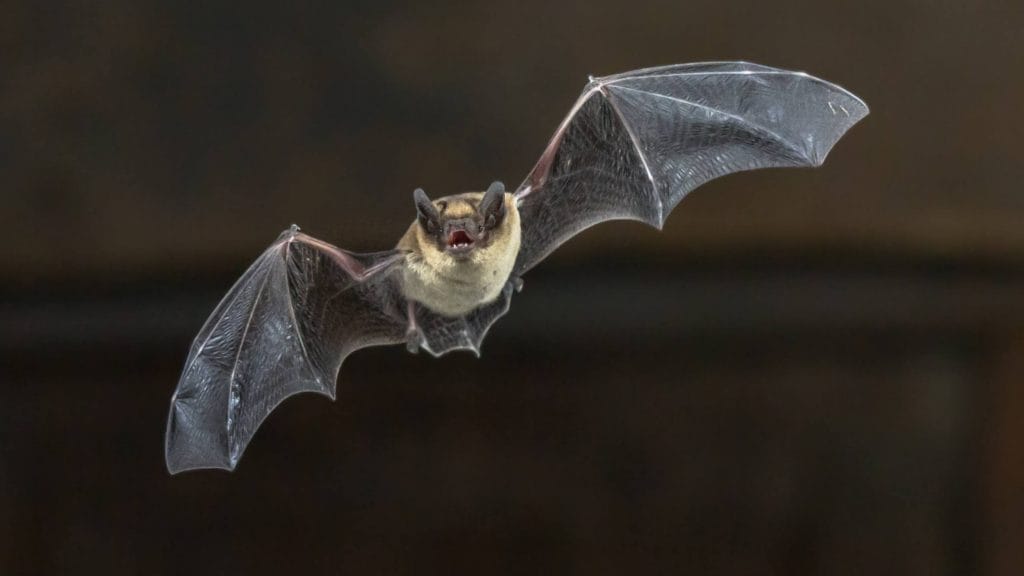Diagnosis
At the time a potentially rabid animal bites you, there's no way to know whether the animal has transmitted the rabies virus to you. It's common not to find bite marks, too. Your doctor may order many tests to detect the rabies virus, but they may need to be repeated later to confirm whether you're carrying the virus. Your doctor will likely recommend treatment as soon as possible to prevent the rabies virus from infecting your body if there's a chance you may have been exposed to the rabies virus.
Treatment
Once a rabies infection is established, there's no effective treatment. Though a small number of people have survived rabies, the disease usually causes death. For that reason, if you think you've been exposed to rabies, you must get a series of shots to prevent the infection from taking hold.
Treatment for people bitten by animals with rabies
If you've been bitten by an animal that is known to have rabies, you'll receive a series of shots to prevent the rabies virus from infecting you. If the animal that bit you can't be found, it may be safest to assume that the animal has rabies. But this will depend on several factors, such as the type of animal and the situation in which the bite occurred.
Rabies shots include:
- A fast-acting shot (rabies immune globulin) to prevent the virus from infecting you. This is given if you haven't had the rabies vaccine. This injection is given near the area where the animal bit you if possible, as soon as possible after the bite.
- A series of rabies vaccinations to help your body learn to identify and fight the rabies virus. Rabies vaccinations are given as injections in your arm. If you haven't previously had the rabies vaccines, you'll receive four injections over 14 days. If you have had the rabies vaccine, you'll have two injections over the first three days.
Determining whether the animal that bit you has rabies
In some cases, it's possible to determine whether the animal that bit you has rabies before beginning the series of rabies shots. That way, if it's determined the animal is healthy, you won't need the shots.
Procedures for determining whether an animal has rabies vary by situation. For instance:
-
Pets and farm animals. Cats, dogs and ferrets that bite can be observed for 10 days to see if they show signs and symptoms of rabies. If the animal that bit you remains healthy during the observation period, then it doesn't have rabies and you won't need rabies shots.
Other pets and farm animals are considered on a case-by-case basis. Talk to your doctor and local public health officials to determine whether you should receive rabies shots.
- Wild animals that can be caught. Wild animals that can be found and captured, such as a bat that came into your home, can be killed and tested for rabies. Tests on the animal's brain may reveal the rabies virus. If the animal doesn't have rabies, you won't need the shots.
- Animals that can't be found. If the animal that bit you can't be found, discuss the situation with your doctor and the local health department. In certain cases, it may be safest to assume that the animal had rabies and proceed with the rabies shots. In other cases, it may be unlikely that the animal that bit you had rabies and it may be determined that rabies shots aren't necessary.
Preparing for your appointment
If an animal bites you, seek medical attention for the wound. Also tell the doctor about the circumstances of your injury. The doctor will ask:
- What animal bit you?
- Was it a wild animal or a pet?
- If it was a pet, do you know who owns the pet? Was it vaccinated?
- Can you describe the animal's behavior before it bit you? Was the animal provoked?
- Were you able to capture or kill the animal after it bit you?
What you can do in the meantime
Wash your wound gently and thoroughly with soap and generous amounts of water. This may help wash away the virus.
If the animal that bit you can be contained or captured without causing more injury, do so. Do not kill the animal with a blow or a shot to the head, as the resulting injuries may make it difficult to perform laboratory tests to determine whether the animal has rabies.
Tell your doctor that you have captured the animal that bit you. Your doctor may then contact the local health department to determine what to do with the animal.

